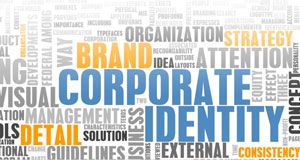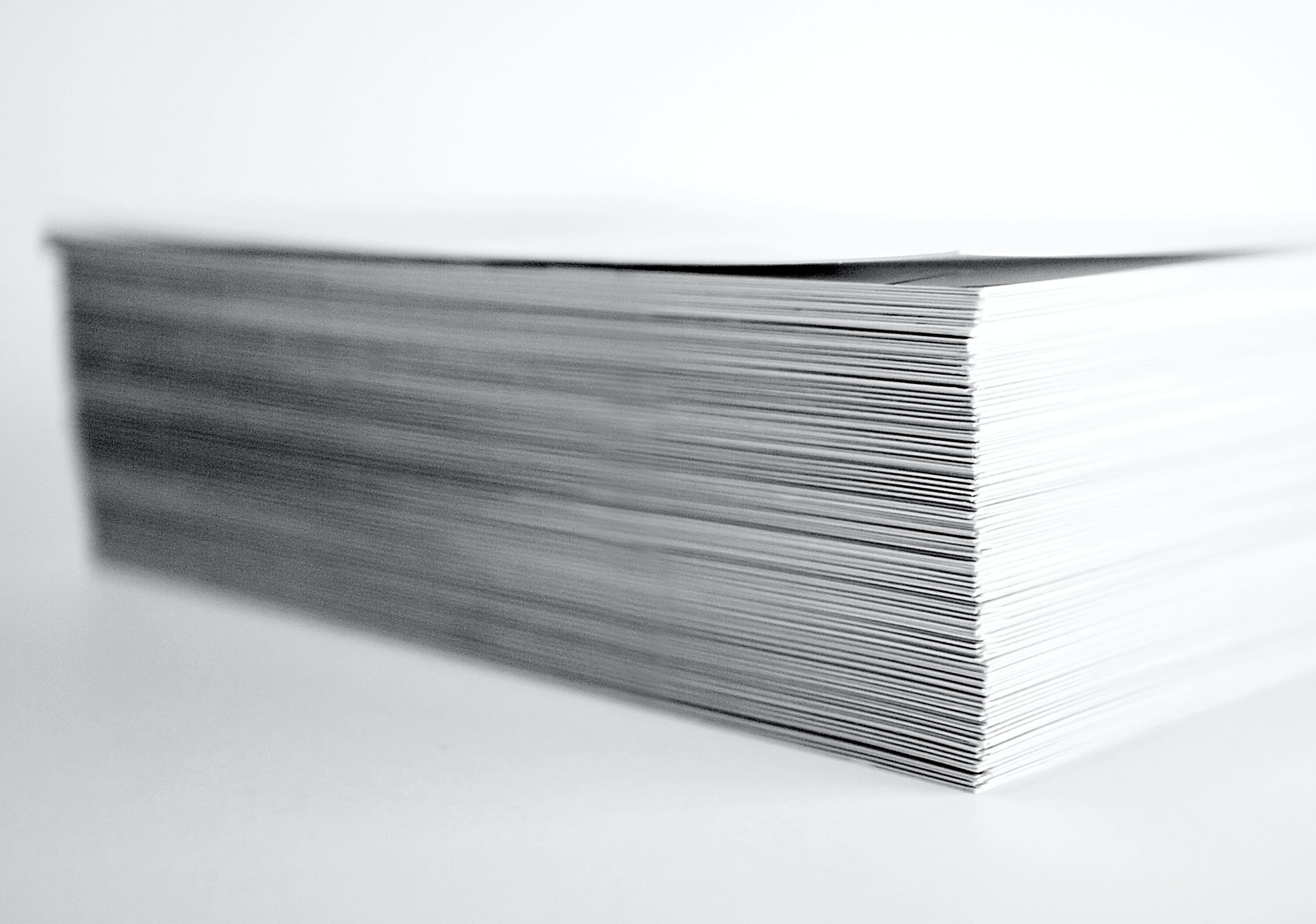
Is paper and print still important? From traditionalists to technologists, we asked the experts...
There’s no denying we live in a digital world, but it seems that printed communications still hold a place in our hearts, despite what the naysayers will have you believe. To find out just how important the medium still is, we called on a diverse group of experts, all involved in the paper and print industry in various different ways, to share their thoughts, and their favourite work. From traditionalists to technologists, here’s what they had to say…
THE PAPER MERCHANT
Emma Linley, creative papers product manager, Antalis
A world without print would be a pretty dull place! Print is still a vital part of the marketing mix and helps to provide a real world point of context for many campaigns that would otherwise exist only online. The role of print may be different to the part it has traditionally played in communications, but it’s clear that it still has an important place.
In an increasingly digital world, printed and digital communications complement each other, and one should not be seen as a replacement for the other. Incorporating printed materials into the mix can maximise a campaign’s impact.
For marketers and designers, the challenge is to find the critical balance of digital and printed mediums, which effectively maximises the impact of their campaigns and cuts through the clutter, in an era of message overload.
The integration of print and digital has been proven to increase response rates and an integrated campaign can help ensure that messages are received across multiple channels. The paper element can be used in many different ways. For example, it can push people online, via bridging technologies such as QR codes and augmented reality applications, or it can be used to reinforce messages from digital media. Introducing direct mail to an integrated campaign can raise the campaigns effectiveness by up to 62 per cent.
Digital, however sophisticated, cannot replicate the look, feel and individual characteristics of paper and other substrates.
Paper and print is a very tactile and eye-catching medium, which opens up an incredible range of opportunities for designers and marketers that wish to create beautiful, multi-sensory pieces of work. This is fuelling interest in some of our tactile creative papers, such as our Curious Matter and Curious Skin ranges, as designers seek to drive consumer engagement by creating printed products that have a broader appeal than purely visual.
While the world is going digital; paper is a vital component in communicating a brand message, add to that different printing technologies and you have a very powerful tool. Nothing quite puts your brand in the consumer’s hand like print.
THE GRAPHIC DESIGNER
Craig Oldham, founder and creative director, The Office of Craig Oldham
Like Streetfighter, Mortal Kombat, and those shit Alien and Predator movies, there’s a lot of versus action out there. Print versus digital is the best that communication design has to offer up. Hardly surprising then that I feel it’s a bit of a no-brainer.
People often forget, because it’s been with us for such a long time, that print, especially the book, is a technology — a piece of equipment created to perform a task. And if the last 50 years have told us anything it’s that technology is there to improve things, and offer new and alternative ways of doing them. But it’s exactly that — an alternative.
Technology’s modus operandi isn’t simply to overwrite that which precedes it, it’s to better it, and provide another option, another way. We accept this in the case of the size of our mobile phone, the sophistication of our computer or TV set, yet many struggle when it comes to design, thinking they have to go with one or the other — because of the populated fallacies that print is ‘dying’ or that analogue methods of communication are no longer effective when compared to their digital counterparts.
The reality is analogue and digital don’t live in competition, they’re different beasts. It’s not this or that, one or the other, they are just two different technologies — they are two different tools at your disposal. And your job as a designer is to pick the right tools for the right job.
As I skirted around earlier, just a few indents ago, print has been with the human race for centuries, and like digital it too had its moment with us where it was the new fad. Before mass print came along (until the technology came along) the only source of information most people had was one book and a priest, so thank Christ when Martin Luther rocked up with his poster, a bag of nails, and a different opinion. He used the right tool (print) for the right job (mass communication). And it worked for him. Fast forward a good 500 years and it’s still going on. Sticking with the poster, it’s since recruited for wars, symbolised youthful rebellion, iconised men and women to fame and fortune, and equally to death and terror. Even in an age where digital could be seen to be the popular choice, it’d be hard to deny that it was the poster that elected the first black president of the United States of America. But that’s only because Shepard Fairey understood what confuses so many, just like Luther did. They employed the right technology to best communicate their ideas.
Although I am admittedly a bit of a print fan, this is only because I haven’t been offered much, in terms of a draw, from digital yet. It’s still relatively new to us and as a result I don’t think it’s been used to its full potential yet. Its best is still to come. But I don’t think we’ll get there until people stop seeing digital as a contrast, as the counter to analogue – the point will be forever missed that it’s still about creating something. It’s about having a great idea and making it happen through the right and relevant channel. Wether that’s a bit of print or a bit of digital, a poster on a church door or www.wwwdotcom.com
THE MAGAZINE DESIGNER
Jeremy Leslie, founder and creative director, magCulture
Print remains important for many reasons but the main one is that nobody has yet come up with a better way to curate, manipulate and present content. If someone presented ‘the printed magazine’ as a brand new idea people would be wowed. They offer finite quantities of well-tooled material that are subtle balances of the familiar and surprising, matched to expectations of the reader and easily navigated and explored. The best examples become almost friends, regular parts of your life that can bring both joy and irritation.
Of course digital media offers many alternative qualities that can trump print, immediacy being the most obvious one. But as the web gets ever larger the filters involved in navigating become more and more imposing. The increasing personalisation of search results means we read what Google assesses we want rather than offering us serendipity.
My relationship with what I read online is so much about function and need, while print offers a more considered visual structure and hierarchy that subconsciously provides intense messaging about importance and relevance. I enjoy The Guardian iPhone app, but compared to that tiny screen the printed format offers a far subtler hierarchy and more easily assessed gauge of the content.
There are exceptions of course; The New Yorker has transferred its content successfully to both the web and tablet. And I’m proud to be have designed the groundbreaking site Aeon, offering a new long-form essay to read every weekday. It has quickly built a loyal readership, as have many other sites.
But it’s intriguing seeing how many successful content-orientated websites have recently added print elements to their publishing strategy. Music website Pitchfork has often been cited as one reason behind the downfall of the traditional music magazine, so there’s an irony to the fact they are about to publish the third edition of their quarterly Pitchfork Review, a beautiful piece of publishing produced in-house. The website will always be the main focus, but the fact they are publishing in print is recognition that there remains a hierarchy of importance in terms of form. The spontaneity, immediacy and breadth of the web matches much of what the music fan wants. When it comes to selecting the best material and publishing it to be kept, for now only print will do.
THE SCIENTIST
Dr Kate Stone, founder and MD, Novalia
I struggled to think of a stand out reason why print is important, I struggled because there are so many reasons, each significant in different ways, so I thought I would list just a few of them. Print communication is pervasive, we all come into contact with it many times a day. As well as advertising print is used to cover walls in our homes, patterns on fabric and even used on floors and tables.
Print is physical. We live in a physical world; until our brains are uploaded to the cloud there will always be a need for physical media. We like to touch, taste, smell and feel things, print does them all. Print can be temporary like a newspaper or permanent like art, becoming valueless or priceless with time.
Print is big or small, covering the side of a street block, or just a postage stamp. Print is low cost in low and high volume, from millions to just one, there is a cost effective process for any amount.
Print is local, a low labour intense process means we don’t need to manufacture on the other side of the world, shipping costs and times often mean we can’t. Print is renewable and recyclable, most of the raw materials do actually grow on trees. Print does not crash or need a software update when most needed (although I may be helping to change that, oops).
Print is accessible. Print changed the world, before the printing press books were written by hand one by one. This was a liberating and empowering information revolution. Although we live in a physical world it is now clearly a digital age, with many declaring the death of print, but it’s simply a re birth of an old medium, enhanced with much of what digital communication has to offer.
Digital offers two way communication, sound, video, instantly updates, connectivity and data logging. I am excited about combining digital and physical communication, print can become a significant portal to the digital world. Adding printed touch and Bluetooth with a connection to the internet via your mobile device to print is now possible. My work is about figuring out how and why we could/should do this. I’ve created interactive print because I was curious, fortunately that seems to have inspired a new vision and excitement for print.
THE TECHNOLOGIST
Marcus Kirsch, founder, SenseLab London
Before a medium or idea enters the mainstream, and during any relevant paradigm shifts affecting it, its role and relevance enters a phase of exploration and experimentation. Those phases tend to be significantly more important than the smaller incremental progress it makes, once it is a big or otherwise large scale entity. As for any system, size can mean stagnation of some, if not all, of its parts.
The same is obviously true for print and its future since digital publishing and the internet appeared on this planet. Personally, and taking reference from culture and history, I believe a ‘Blade Runner’ scenario is more likely than a ‘Things to Come’ scenario, meaning nothing new will ever completely kill the old. It will mix in various ways, traces of decades if not centuries still humming about in the years to come.
American science fiction author Bruce Sterling, being one of the future digital types that roam Silicon Valley, was one of the first to say that there was still a strong point for him to write ‘The Hacker Crackdown’ as a book – a finite edit of a point. And this is probably print’s strongest point. It is an opinion and view, a set of data, frozen in time and frozen within its references. We still learn best through comparing things that are different. Bigger and smaller are relative and help us make sense of things. Which is why I still carry a copy of ‘Future Shock’ with me – the 70s book that is still weirdly contemporary. It makes it more important that it is frozen in time, back in 1970 by Alvin Toffler.
So I find it rather exciting that it is a new era for print: an opportunity to explore itself out of stagnation. As we see in the examples below, books, references and non-linear storytelling are part of both print and the digital world, and on top of it all there is a strong case for the print medium containing stories and information, frozen in time as comparative and contextual parts of a greater story.
By: Staff Writer at TheDrum.com

